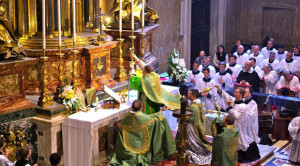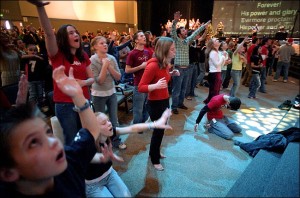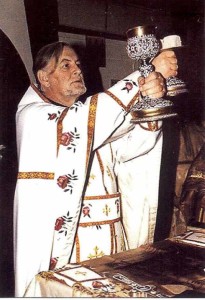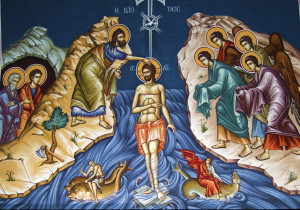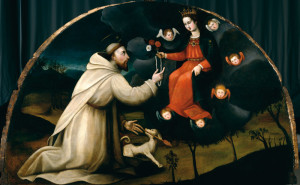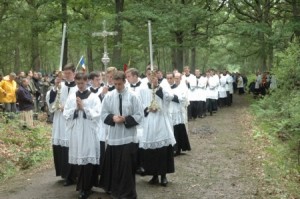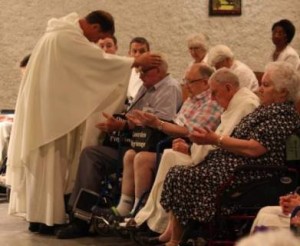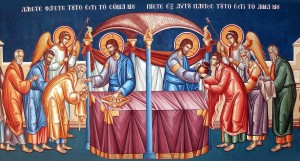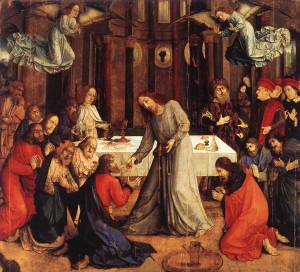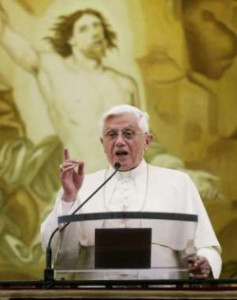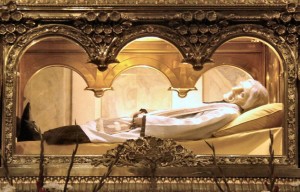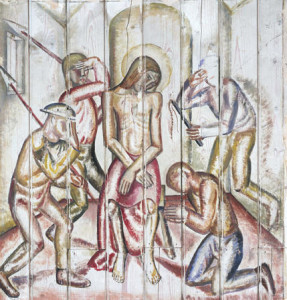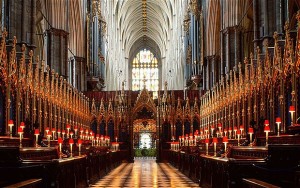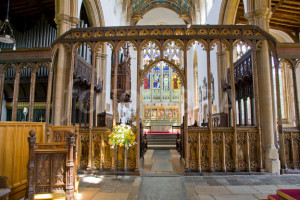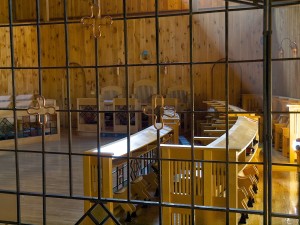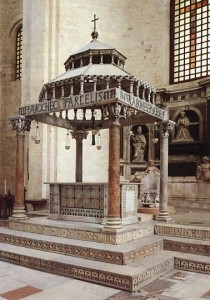Along with Epiphany, the Solemnity of the Ascension is one of the more overlooked celebrations of the Church year. Both, interestingly, have to do with the intelligibility of our Faith. When Christ ascends into heaven, He does not go to another “place,” since He ascends “to my Father and your Father,” and God the Father is omnipresent, not bound by location. As long as Christ remained in His physical body, He belonged in a sense to this material world. And one important property of this universe is that two objects can’t occupy the same location at the same time. But by “passing over” to this new, glorified, spiritual existence, Christ was enthroned as King of the cosmos, because now all things from quarks and photons to super-novae, are permeated by His glorified presence, with us always until the end of the world.
This now means that all created things take on new significance. All things (potentially) point to Him and find genuine meaning in the goal that is Christ’s Kingdom. We can learn to read the Book of Nature precisely because of Jesus’s Ascension and the sending of the Holy Spirit. The gifts of the Spirit, which include wisdom and understanding, give us the power to read and interpret nature, history, and ourselves. This might sound like magic, but it really is not. The Incarnation and the Paschal Mystery in its entirety reveal to us the sort of God Who is the creator of all things, and this revelation supplies the missing piece to the meaning of the cosmos.
I began by saying that the Ascension tends to be overlooked today. If this “missing” mystery in the Christian imagination is one that would otherwise give meaning to our lives, then it is not surprising that the absence of an understanding of the Ascension occurs in a time plagued by meaninglessness, cynicism, and doubt.
There is one last important aspect of the Ascension mystery to note. I suggested that the true meaning of things is found in Christ’s presence and with reference to His Kingdom, which is slowly becoming manifest. This might suggest that the playfulness associated with artistic creation, musical composition and the inspiration of song, dance, and poetry is ruled out. This is perhaps why it is again important to recall the close link between Ascension and Pentecost. The gift of the Holy Spirit is the true gift of in-spiration, and the Spirit, Who “blows where He wills,” becomes our spirit. The Spirit, Who brooded over the creation of the world, makes us truly sovereign co-creators of God’s plan, truly individual yet unified. Creativity is not at all absent when the Holy Spirit is present. Thus the culmination of the Ascension liturgy is Pentecost, which governs the rest of the Church year until the end of time.
